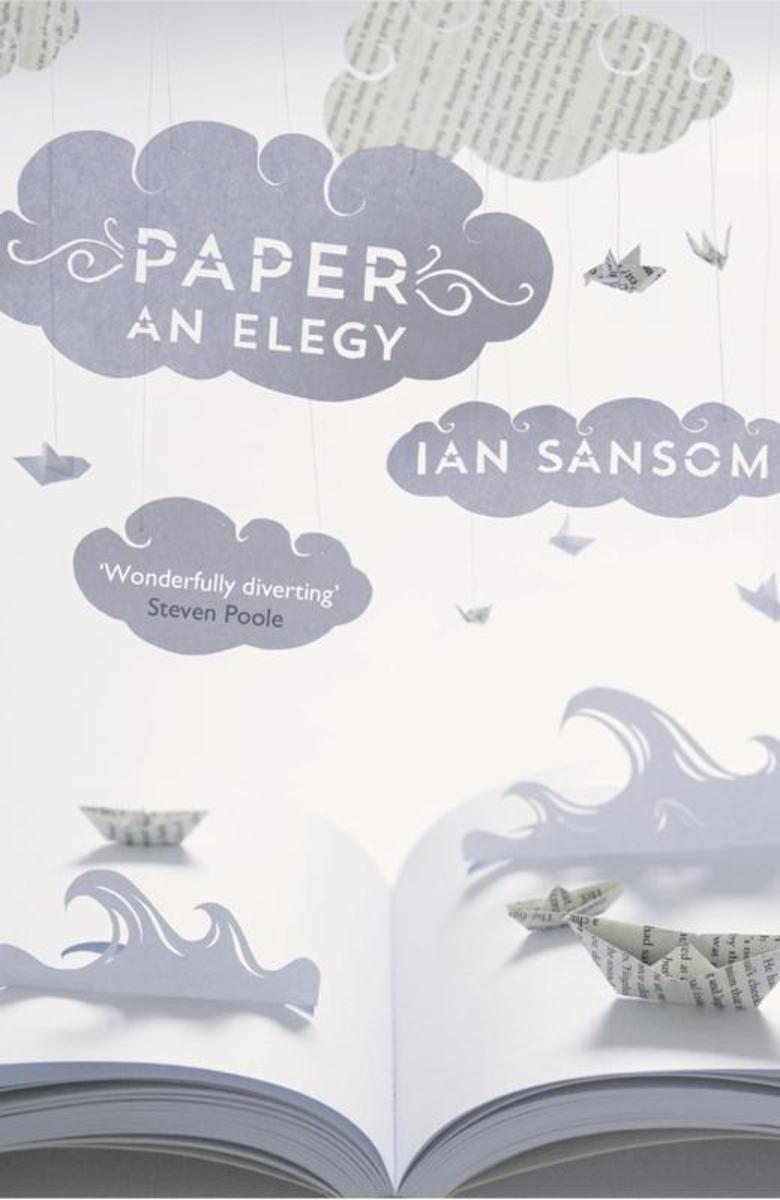
Paper:An Elegy
¥73.58
A witty, personal and entertaining reflection on the history and meaning of paper during the (passing) era of its universal importance. Paper serves nearly every function of our lives. It is the technology with which we have made sense of the world. Yet the age of paper is ending. Ebooks now outsell their physical counterparts. Still, there are some uses of paper that seem unlikely to change – Christmas won’t be Christmas without wrapped presents or crackers. And the language of paper – documents, files and folders – has survived digitisation. In ‘Paper: An Elegy’ Ian Sansom builds a museum of paper and explores its paradox – its vulnerability and durability.

莫奈第一卷
¥122.54
对莫奈而言,艺术创作始终是一种痛苦的挣扎。较之同时代人,他更深沉地痴迷于表达情感,更强烈地渴望传达超越大自然的光线效果。用他自己的话来形容:“技巧来来去去……艺术始终如一——它是大自然的转译,需要与意志力同等的敏感性。我和太阳搏斗……(我)应该用金 子和宝石作画。”

莫奈第二卷
¥122.54
对莫奈而言,艺术创作始终是一种痛苦的挣扎。较之同时代人,他更深沉地痴迷于表达情感,更强烈地渴望传达超越大自然的光线效果。用他自己的话来形容:“技巧来来去去……艺术始终如一——它是大自然的转译,需要与意志力同等的敏感性。我和太阳搏斗……(我)应该用金 子和宝石作画。”

Bridges
¥114.37
桥连接两个世界,是两个分离而不同的地点之间的张力。桥梁自由自在,不属于两边任何地区,矗立与风景之上,蔑视着自然百态。桥的存在蕴含着人类的意志,要在人与人之间,地与地之间建立起必要的联系。 桥是进步和创新的象征,无名地展示着新技艺的优势与持久性,也越来越轻,越来越流动,不断地藐视国家*的科技。作为真正的美学创造,今天的桥梁已经不仅仅是精湛的工程的体现,同样也是惊人的艺术作品。这本书中那些宏伟的照片将带领读者重新发现这些当代的雕塑。

Factories
¥114.37
诞生于工业革命的工厂一直以来被认为是钢铁“怪物”,在大规模丧失人性的过程中,将个人屈服于集体之下。抛开工厂之所以建立的纯粹的功能性,工厂也演变成为了一个美学空间,有时便成为了一个现代的阁楼或者现代艺术的博物馆。这本著作中那些惊艳的照片可以帮助我们重新发现这一卷本,发现这些钢筋铁骨的纪念碑那线条的纯粹性,美和惊人的现代性。

Lighthouses
¥114.37
灯塔,这个不知疲倦的守夜人,无止无休地引导着船舶驶向港湾。这个海洋的信标指引了从古至今的水手们。座已知的灯塔出现在法洛斯岛(Pharos),在亚历山大港(Alexandria)旁,举世瞩目。?但是,似乎是诸如斯特龙博利岛(Stromboli)火山及其频繁的喷发可能是这一发明的源头,因为火引导着船舶驶向港口。面对着现代航海设备逐渐发展,这个孤独的哨兵已经不再扮演以前那么重要的角色了。但是,这一发明并不仅仅意味着重要的建筑发展,同样也占据着世界文化遗产的地位。从鲸湾灯塔(法国)到世界尽头灯塔(阿根廷火地岛),经过了格林岛灯塔(加拿大)和贝尔灯塔(苏格兰),这本著作邀请我们重新发掘灯塔——这一历史时期的见证者。
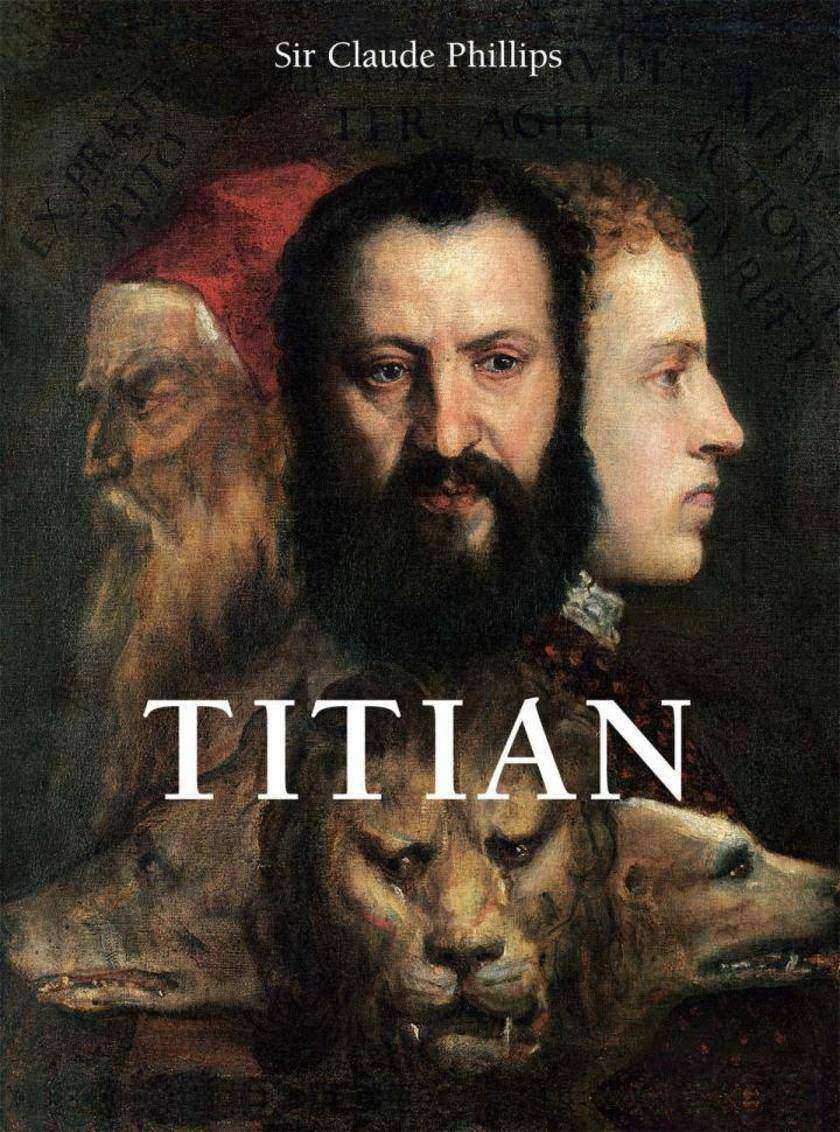
Titian
¥122.54
这本著作不仅为我们提供了研究性和富有洞察力的视角来欣赏世界上*有天赋的艺术家之一——提香的作品,同样也邀请读者来发掘威尼斯艺术场景中熙熙攘攘的世界,这也正是提香生活和工作的地方。书中迷人的叙述既可愉悦大众,其中对十六世纪威尼斯画家的独特的交叉分析同样也会吸引艺术家和学生。
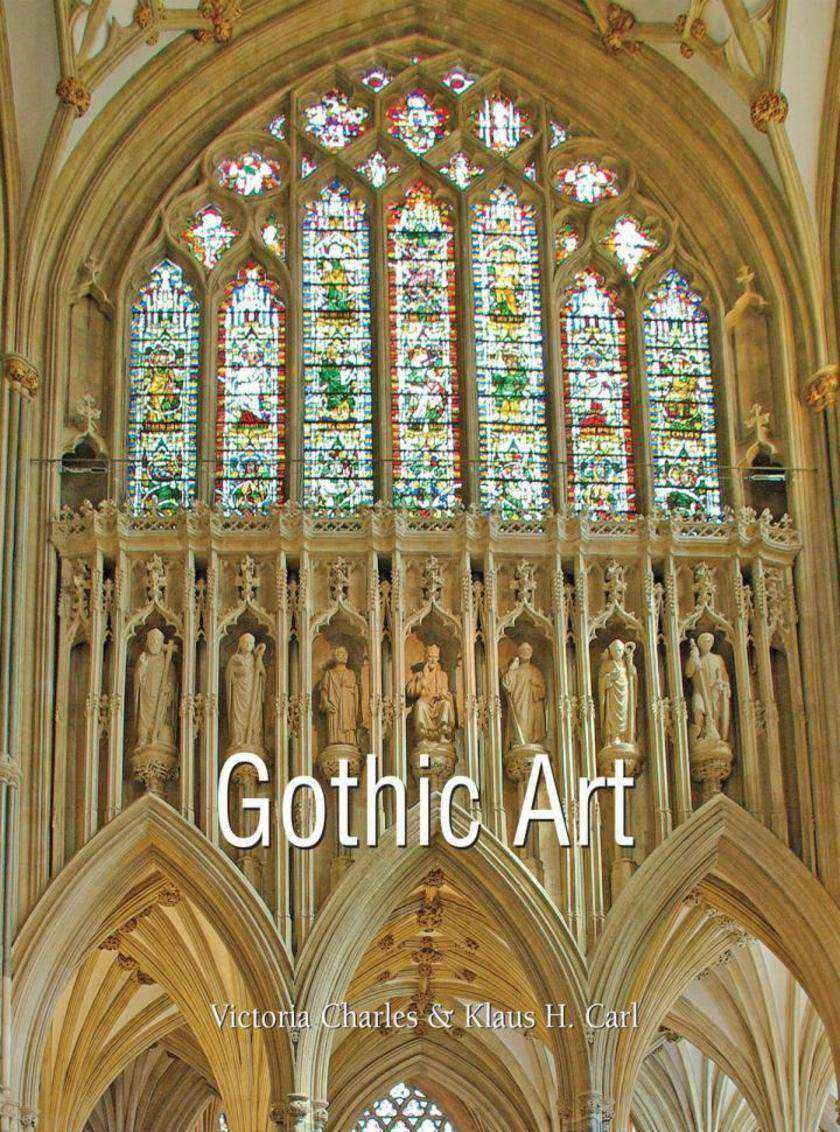
Gothic Art
¥122.54
Gothic art finds its roots in the powerful architecture of the cathedrals of northern France. It is a medieval art movement that evolved throughout Europe over more than 200 years. Leaving curved Roman forms behind, the architects started using flying buttresses and pointed arches to open up cathedrals to daylight. A period of great economic and social change, the Gothic era also saw the development of a new iconography celebrating the Holy Mary – in drastic contrast to the fearful themes of dark Roman times. Full of rich changes in all of the various art forms (architecture, sculpture, painting, etc.), Gothic art paved the way for the Italian Renaissance and International Gothic movement.

Mental Floss Presents Be Amazing
¥95.39
Be amazing Who says you can'tIt's time to get off the couch and take your life to the next level. Step one: stand on the shoulders of geniusesWhat good are the world's greatest geniuses if you can't muddy their shoulder pads and use their accomplishments as a step stoolmental_floss has combed through every success story in history to deliver this ultimate how-to guide for climbing your way to greatness.Step two: bask in the glow of admiring fansWhether you want to glow in the dark, swallow a sword, quit smoking, find Atlantis, live forever, get out of jury duty, buy the Moon, sink a battleship, stop global warming, become a ninja, or simply be the center of the universe, Be Amazing covers all the essential life skills. Just absorb a few pages, then let the hero worship begin!You will need: A hunger for greatness Some duct tape This book You may want: Sidekicks and/or minions An impressive nickname An amazing outfit

Decision Between Us
¥370.82
The Decision Between Us?combines an inventive reading of Jean-Luc Nancy with queer theoretical concerns to argue that while scenes of intimacy are spaces of sharing, they are also spaces of separation. John Paul Ricco shows that this tension informs our efforts to coexist ethically and politically, an experience of sharing and separation that informs any decision. Using this incongruous relation of intimate separation, Ricco goes on to propose that "e;decision"e; is as much an aesthetic as it is an ethical construct, and one that is always defined in terms of our relations to loss, absence, departure, and death.?Laying out this theory of "e;unbecoming community"e; in modern and contemporary art, literature, and philosophy, and calling our attention to such things as blank sheets of paper, images of unmade beds, and the spaces around bodies,?The Decision Between Us?opens in 1953, when Robert Rauschenberg famously erased a drawing by Willem de Kooning, and Roland Barthes published?Writing Degree Zero, then moves to 1980 and the "e;neutral mourning"e; of Barthes'?Camera Lucida, and ends in the early 1990s with installations by Felix Gonzalez-Torres. Offering surprising new considerations of these and other seminal works of art and theory by Jean Genet, Marguerite Duras, and Catherine Breillat,?The Decision Between Us?is a highly original and unusually imaginative exploration of the spaces between us, arousing and evoking an infinite and profound sense of sharing in scenes of passionate, erotic pleasure as well as deep loss and mourning.
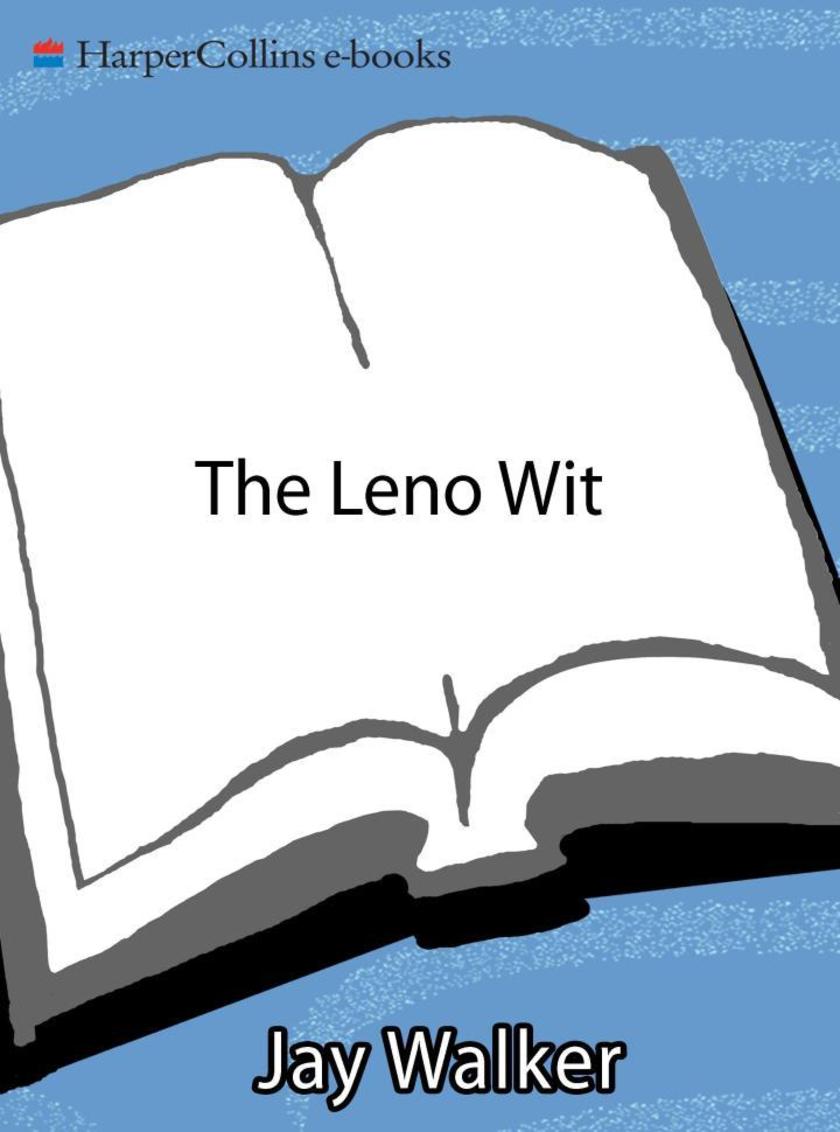
HarperCollins e-books
¥112.44
Discusses Jay Leno's unique sense of humor, from his days as a New England schoolboy to his role as the top-rated late-night TV talk-show host, and examines some of the challenges and conflicts he faced to make it to where he is today.

Awesome Sh*t My Drill Sergeant Said
¥110.71
Welcome to basic training, soldier.Now meet your worst nightmare . . . your drill sergeant.Even if you've never served in the military, you know the drill sergeant. The mere sight of his fatigues and the iconic "Round Brown" campaign hat strikes fear into the bravest of hearts. Drill sergeants inflict pain, demand discipline, and aren't afraid of power, aggression, and using fear as a motivational tool. But unless you've witnessed one firsthand with your face in the mud doing pushups, you might not know one other fact . . . drill sergeants are some of the FUNNIEST people on the planet!After his deployment in Afghanistan, Dan Caddy began swapping great drill sergeant stories by e-mail and social media with other veterans. Now, in Awesome Sh*t My Drill Sergeant Said, Caddy shares the best-of-the-best quotes, one-liners, stories, and top-ten lists proving once and for all that drill sergeants are the world's most underrated comedians and philosophers. If you have ever suffered a hard-ass manager (in uniform or not), these often profane, sometimes profound, yet always entertaining rants from real life soldiers will add a much-needed dose of humor to your day. Now stop laughing and drop and give me fifty.

If the Gods Had Meant Us to Vote They Would Have Given Us Candidates
¥78.60
If anything, in this presidential election special, he's madder than ever!In his earlier bestseller, There's Nothing in the Middle of the Road but Yellow Stripes and Dead Armadillos, Hightower only began to tap into the deep yearning that Americans have for a new politics that speaks to them from a real-world, kitchen-table perspective. Now, with the year 2000 being an especially significant marker for contemplating our country's direction, not only for the new year but for the new century and the new millennium, it's time for citizens to reclaim their political, economic, and cultural heritage.Leading the way with his hilariously irreverent yet profoundly serious book is our name-naming, podium-pounding, point-them-in-the-right-direction populist, Hightower himself. He whacks conventional wisdom right upside the head,showing,with startling facts and compelling personal stories, that despite a so-called period of prosperity, America's middle class is getting mugged, and that far from being ordained by the gods,globalization is globaloney! Hightower rips the mass off of the candidates, the parties, the consultants, and especially the moneyed powers whoa re supporting all of the leading presidential hopefuls. he's mad about them all--but what he's maddest about, what really gets his goat,is that they are all the same! To paraphrase Jim, American politicians are alike because they don't come cheap. In fact, they're all very expansive. which is why only the rich can own them and why their allegiance is definitely not to regular,worka-day citizens.No one is spared in this insightful and engaging blend of horror and success stories, hard-hitting commentary, laugh-out-loud humor, useful facts, and sparkling language. An equal opportunity muckraker and conscientious agitator for "We the people," Hightower inspires us to take charge again, to build a new politics, and, together, to build a better tomorrow. Jim Hightower's If the Gods Had Meant Us to Vote They Would Have Given Us Candidates proves yet again that his is a uniquely wise and peerlessly singular voice in the maelstrom of political prattle.

Scared of Santa
¥72.93
He's huge and hairy and hulking. He dresses in strange furry clothing. He sneaks into people's homes at night.Who wouldn't be afraid of . . . Santa Claus?!Nothing says Christmas quite like innocent children shrieking with terror as a stranger dressed in red drags them kicking and screaming onto his lap. Now this time-honored rite of passage is celebrated with a hilarious collection of more than two hundred and fifty priceless photos of kids' traumatic trips to Santa's workshop. Scared of Santa offers a cornucopia of photographic funnies from sixty-year-old family heirlooms to last year's howlers along with delightful commentary on those unforgettable childhood visits to scary ol' Saint Nick.

101 Uses for a Bridesmaid Dress
¥112.44
Bridesmaid dresses -- what are they good forWe've got to pay for them, wear them, and then find a spot for them in the back of the closet. Our best women friends, suddenly transformed into tasteful-white-dress-wearing brides, tell us, "You'll be able to wear this bridesmaid dress again." But we know better.101 Uses for a Bridesmaid Dress, tongue firmly in cheek, pokes fun at the hopelessly horrible dress that a bride asks her "court" to don. These whimsical illustrations and silly suggestions, from cocktail napkins and shower curtains, to pony blankets and frilly jock straps, are a hilarious antidote to the bridesmaid dresses we'll never wear again.

Everything Is Wrong with Me
¥78.55
Fans of Jason Mulgrew's wildly popular blog know that everything really is wrong with him. The product of a raucous, not-just-semi-but-fully-dysfunctional Philadelphia family, Jason has seen it all from Little League games of unspeakable horror to citywide parades ending in stab wounds; from hard-partying longshoremen fathers to feathered-hair, no-nonsense, kindhearted mothers; and from conscience-crippling Catholic dogmas to the equally confounding religion of women. With chapter titles like "My Bird: Inadequacy and Redemption" (no, he is not referring to a parakeet) and "On the Relationship Between Genetics and Hustling," Everything Is Wrong with Me proves that, as Jason puts it, "writing is a fantastical exercise in manic depression" but he never fails to ensure that laughter is part of the routine.Includes an excerpt from Jason Mulgrew's new book 236 Pounds of Class Vice President.

Scuse Me While I Whip This Out
¥90.77
Kinky Friedman is back, and with 'Scuse Me While I Whip This Out he gets it on with all manner of egos. In this collection of twisted takes on life, the Kinkster gives us funny, irreverent, and insightful looks at outsized personalities from people he's known, like Bill Clinton, George W., Willie Nelson, and Bob Dylan -- not to mention Joseph Heller and Don Imus -- to people he's known in spirit, such as Moses, Jesus, Jack Ruby, and Hank Williams. With his meditations on subjects ranging from sleeping at the White House, marriage, his pets, fishing in Borneo, country music, and cigars to the tribulations of possessing talent, Kinky doesn't deny us the "flashes of brilliance and laugh-out-loud observations" (Rocky Mountain News) that are present in all his other work. Hilarious, irreverent, and passionately twisted, 'Scuse Me While I Whip This Out reads as if it were written by a slightly ill modern-day Mark Twain.

Manga Fashion with Paper Dolls
¥140.29
Featuring twenty-five iconic fashion styles, Manga Fashion is filled to the brim with gorgeous girls in dazzling clothes. Seventy-three of Japan's top manga artists portray key styles from party to romantic, gothic Lolita to nautical. De*ions of the different styles break them down into their essential components types of clothing, shoes, and accessories, as well as how the looks developed and what kind of modern manga girls wear them. Classic items like miniskirts, kimonos, military jackets, and ball gowns are covered, as are accessories including high heels, obis, and hair ribbons. And as the cherry on this manga sundae, two manga paper dolls can be found in the back of the book, accompanied by stylish outfits and accessories.
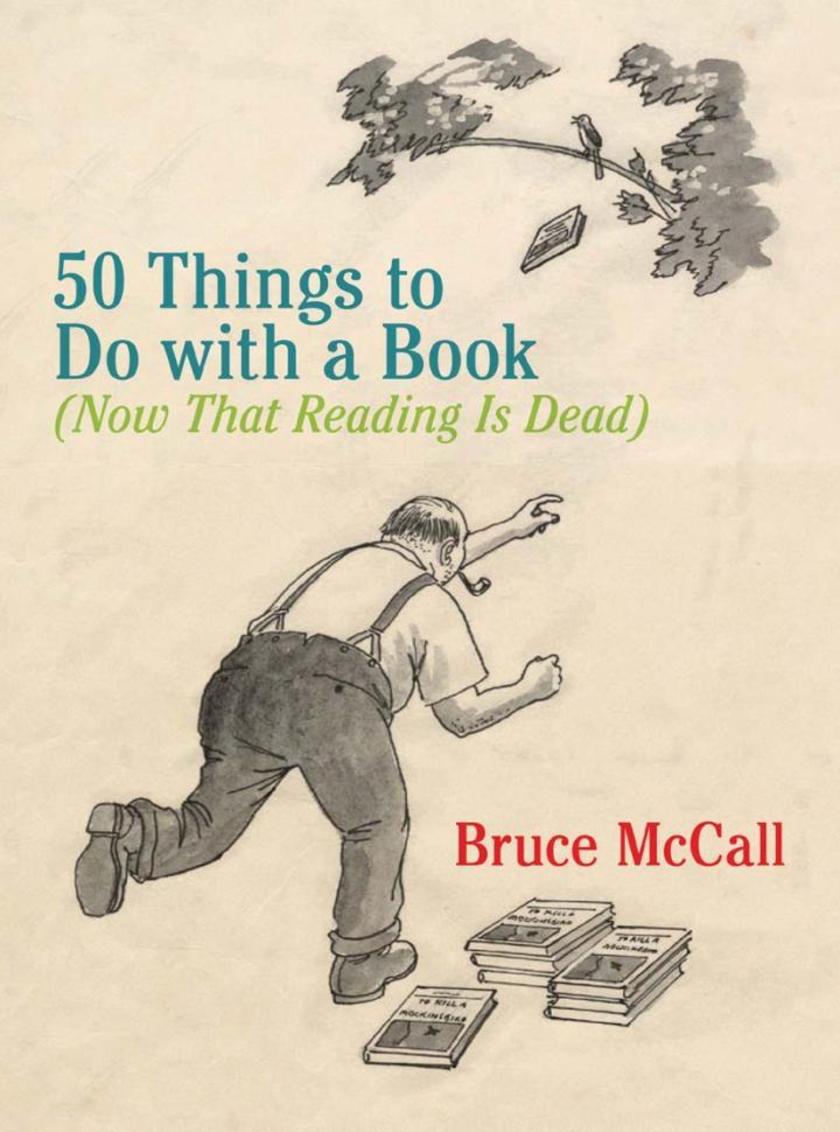
50 Things to Do with a Book
¥95.52
Reading may be dead, but books are alive and well What good are books, you may be wondering, if we're not going to read themWhat are we even doing in this bookstoreNot to worry! It turns out that there are literally thousands of things to do with these chunky stacks of bound tree pulp. Fun, exciting, adventurous, creative things. In fact, this familiar rectangular object suddenly offers enough dazzling new interactive possibilities to, yes, fill a book. This book. From re-creating world wonders to settling marital disputes, entertaining dinner guests to channeling your inner secret agent, here are fifty wonderfully zany things to do with all your favorite books.
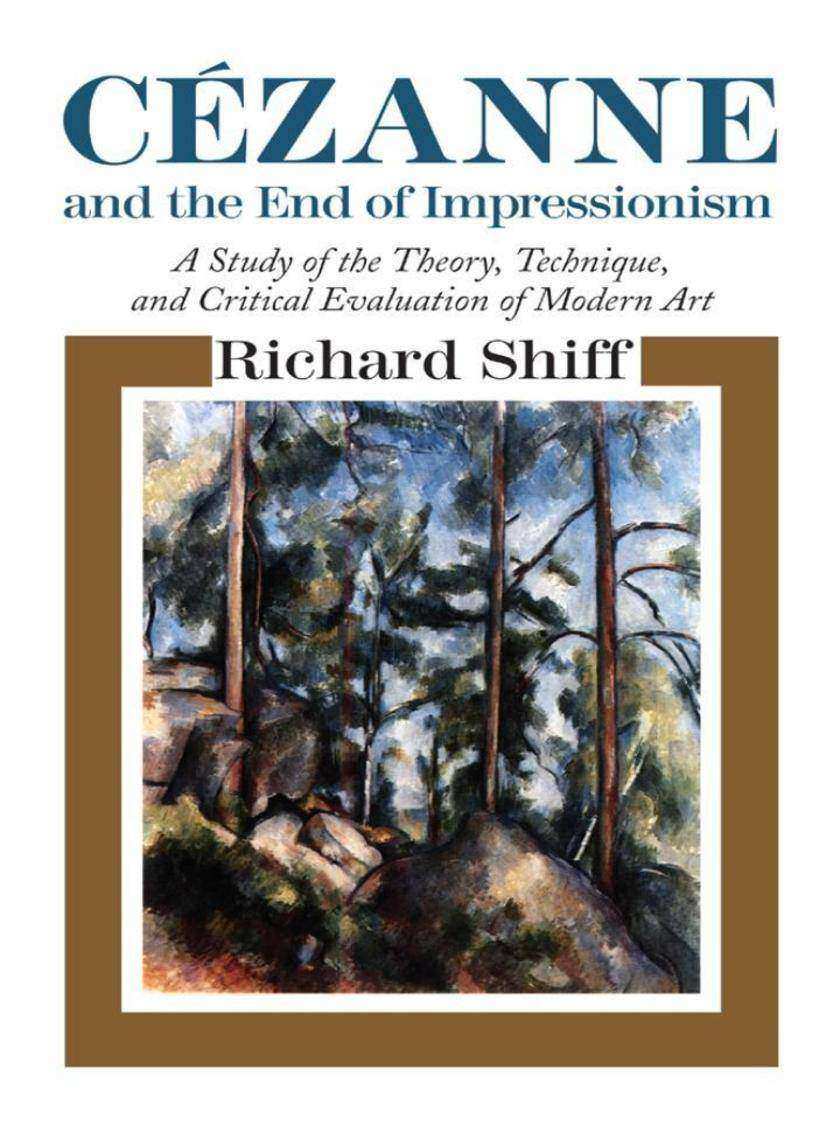
Cezanne and the End of Impressionism
¥353.16
Drawing on a broad foundation in the history of nineteenth-century French art, Richard Shiff offers an innovative interpretation of Cezanne's painting. He shows how Cezanne's style met the emerging criteria of a "e;technique of originality"e; and how it satisfied critics sympathetic to symbolism as well as to impressionism. Expanding his study of the interaction of Cezanne and his critics, Shiff considers the problem of modern art in general. He locates the core of modernism in a dialectic of making (technique) and finding (originality). Ultimately, Shiff provides not only clarifying accounts of impressionism and symbolism but of a modern classicism as well.

Manolos In Manhattan (Marrying Mr Darcy, Book 3)
¥38.26
She’s a fiancée of good fortune… Strutting down Park Avenue in her new Manolos, Holly James looks like a woman who has it all. But beneath the Prada sunglasses, Holly has a mounting list of decidedly unfabulous problems. Right at the top? The fact that since her fiancé Jamie started spending all his time at his new restaurant (with his impossibly gorgeous sous-chef!), Holly has practically forgotten what he looks like…and started to feel a teensy bit paranoid. …but has Holly found the right Mr Darcy? So being kissed by film star Ciaran Duncan should have been a much-needed boost to Holly’s ego. But losing herself in the moment is impossible, since she’s still fuming after meeting English lawyer Hugh Darcy. He’s easily the most arrogant man in Manhattan and she’s engaged to be married…so why can’t Holly stop imagining kissing him? Suddenly, Holly finds herself torn between three eligible bachelors…and it’s proving more difficult than choosing between a Manolo Blanik and a Jimmy Choo – especially since men are non-refundable! What’s a New York fashionista to do? Don’t miss Manolos in Manhattan, book three in Katie Oliver’s Marrying Mr Darcy series. Also by Katie Oliver: Prada and Prejudice Love and Liability Mansfield Lark And the Bride Wore Prada Love, Lies and Louboutins




 购物车
购物车 个人中心
个人中心



